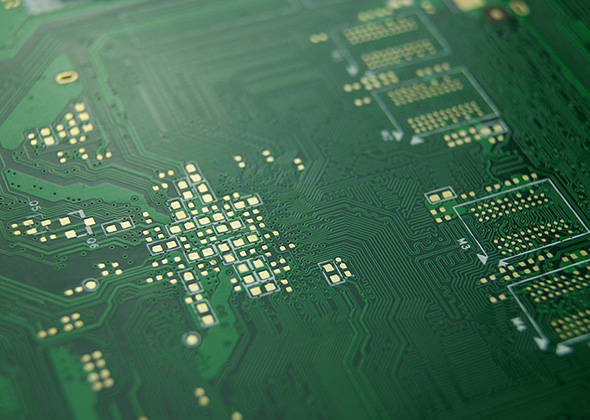The Importance of Line Width and Line Space in PCB
Do you know why the importance of line width and line space in PCB cannot be ignored? Because they will directly affect the performance, reliability, etc. of the circuit board. The following will take you to understand the importance of line width and line space in PCB:
1. Electrical Performance
Line width and line space can affect the electrical performance of the circuit board. Line width determines the resistance of the wire, and line space affects signal crosstalk. The correct selection of line width and line space can ensures the signal integrity and stability of the circuit board.
2. Power Transfer and Thermal Management
Line width selection is critical for power transfer and thermal management. Wider wires may be able to handle higher currents, but will also increase power losses. The choice of line width and line space also affects the distribution of heat on the circuit board and is critical to thermal management.
3. Impedance Control Matching
In high-frequency applications, line width and line space need to be precisely controlled to ensure impedance matching of the circuit. Impedance matching is a critical factor in ensuring correct signal transmission on the circuit board.
4. EMI/EMC
Electromagnetic interference (EMI) and electromagnetic compatibility (EMC) are factors that need to be considered in the design of electronic equipment. Shorter line space and appropriate line width can reduce radiation and susceptibility on the circuit board and help meet EMI/EMC requirements.
5. Reliability
Proper line width and line space can improve the reliability of the circuit board. If the line width is too small, it may lead to problems such as poor welding, short circuit or open circuit. If the line space is too small, it may increase the risk of jumpers and soldering errors on the circuit board.
6. Manufacturing Cost
The selection of line width and line space will affect the manufacturing cost of PCB. Finer line widths and line space typically require higher manufacturing precision and more expensive manufacturing technologies. Therefore, performance needs and cost factors need to be balanced in the design.
7. Space Efficiency
Proper line width and line space can make more efficient use of PCB surface space, thereby accommodating more components and connections on a limited board surface.
In short, because line width and line space are directly related to the performance, reliability, manufacturing cost and maintainability of the circuit board, during the PCB design process, PCB designers need to carefully consider these parameters during the PCB design process. And make a reasonable selection based on the requirements of the specific application. At the same time, it is also necessary to understand the capabilities and requirements of PCB manufacturers to ensure that the designed projects can be successfully manufactured.
For different types of PCB, the min. line width and space that our company can meet are different, as shown in the following table:
3/3mil | ||
30-100 Layers Advanced Rigid PCB (Sample) | 3/2.5mil | |
HDI | 1.2mil/1.2mil | |
FPC and Rigid-flex PCB | 0.04mm | |
Copper Weight: up to 0.5OZ | 0.06mm | |
Copper Weight: 0.5-1OZ | 0.075mm | |
Copper Weight: over 0.5-1OZ | 0.10mm | |
HoYoGo is an international, professional and reliable PCB manufacturer, we have our own factory, advanced machines, experienced technicians and multiple quality personnel to strictly control every quality inspection. If you have related needs, you are welcome to send us an inquiry.

评论
发表评论